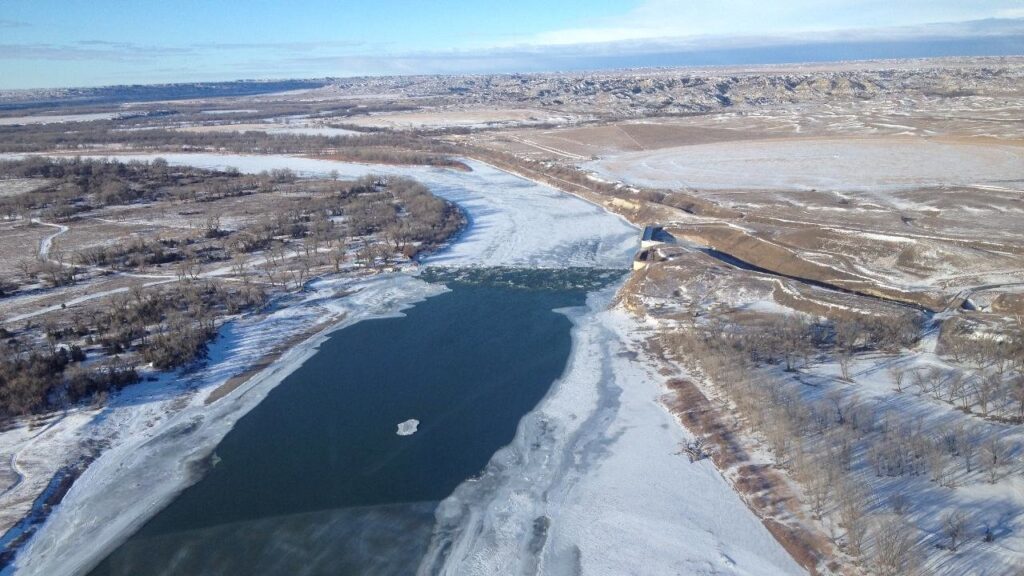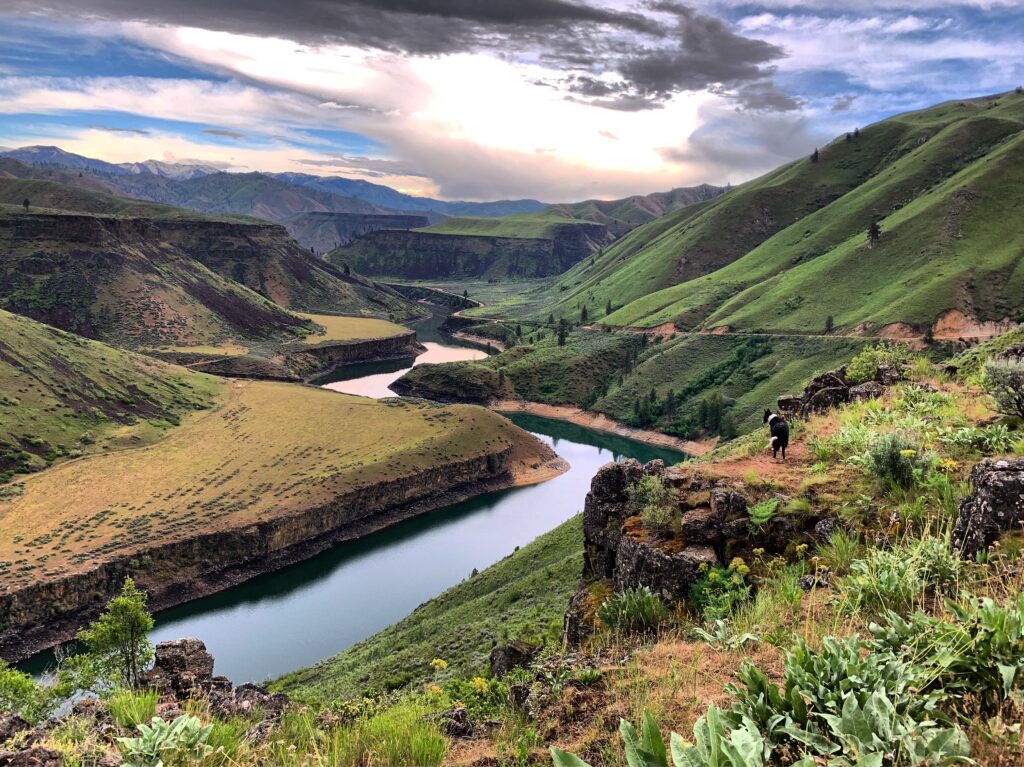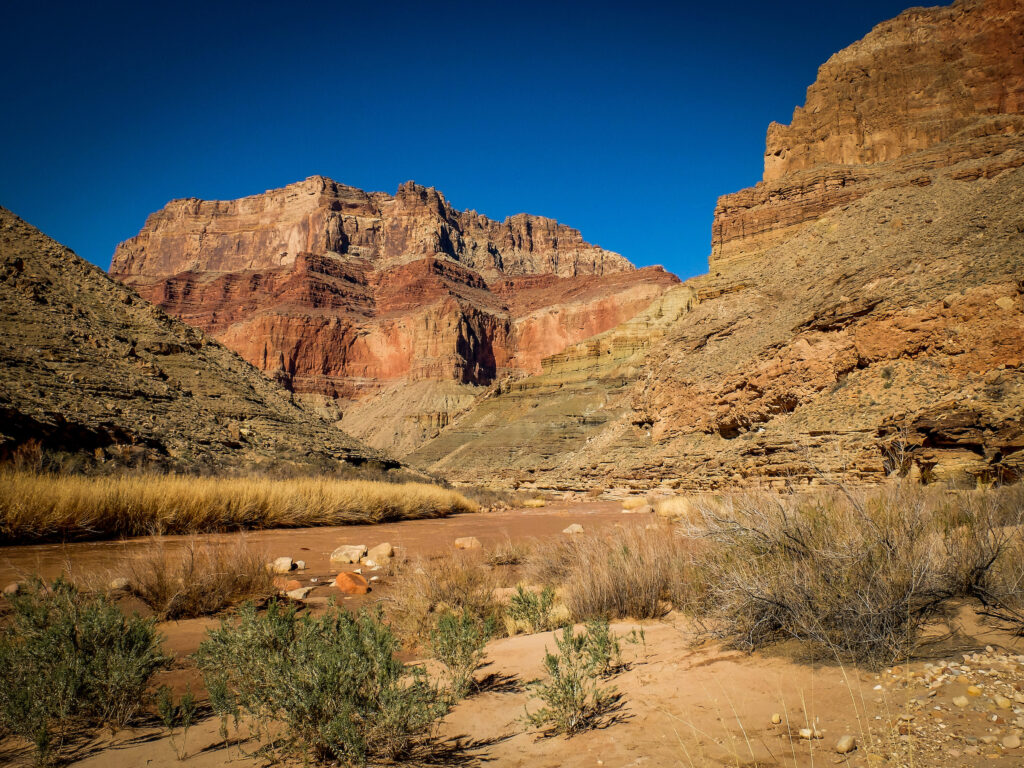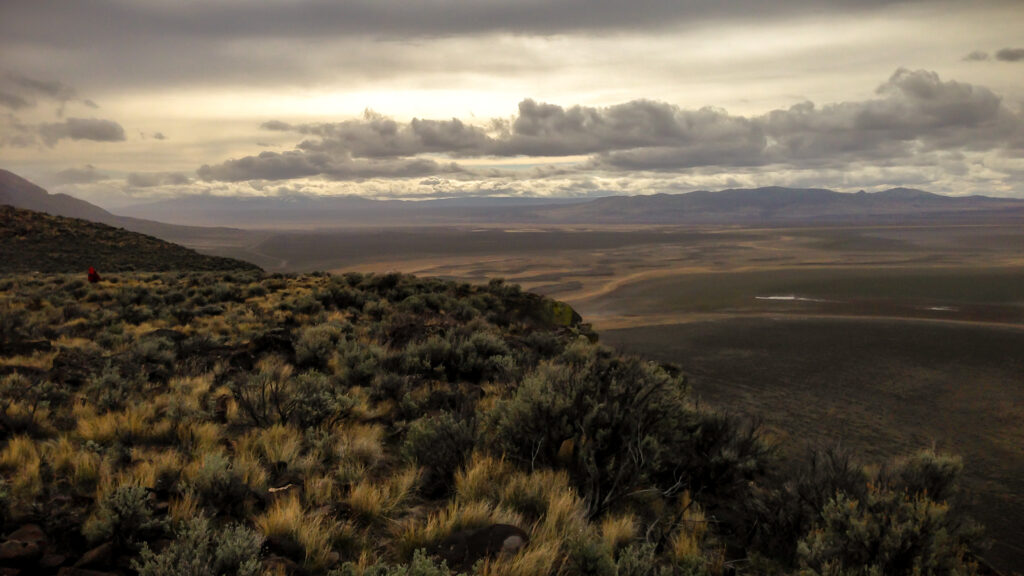
As someone who lived through the worst oil spill disaster in American history, I’m going to tell you an unpleasant truth – oil spill cleanups are a myth.
I was among the thousands of workers who were hired to clean up the 11 million gallons of North Slope crude that hemorrhaged from the Exxon Valdez when it ran aground in Alaska’s Prince William Sound on Good Friday in 1989. During my first stint on the spill cleanup, my crew of 200 workers was hired on a Friday and fired the following Monday. A USA Today crew was helicoptering out to one of the hardest hit beaches for the weekend, and Exxon wanted to show the American people that it was doing everything possible to clean up its mess.
A quarter century later, you can still find oil along that remote coastline by digging down a few inches into the gravel. Despite enlisting 10,000 cleanup workers, 1,000 boats, 100 aircraft and spending $2.1 billion over a period of four years, Exxon was able to clean up just ten percent of the spill. Most experts say the cleanup effort did more harm than good.
The cleanup tally was even worse when Exxon’s Silvertip Pipeline spewed 63,000 gallons of oil into the flood-swollen Yellowstone River by Laurel in July 2011. Despite spending $130 million on the cleanup, less than one percent of the oil was recovered.
So imagine how successful Bridger Pipeline LLC will be in cleaning up the 40,000 gallons of Bakken crude that gushed into the Yellowstone River by Glendive when its Poplar Pipeline ruptured on January 17. At the peak of the cleanup, a company spokesman told the Glendive Ranger-Review that it was recovering one teaspoon of oil every ten minutes from holes that it cut in the ice. At that pace, it would take 1,753 years to clean up the spill.
It wouldn’t be fair to blame Bridger Pipeline for its inability to clean up the spill. After all, the surface of the river was frozen solid for 20 miles below the ruptured pipeline, and a swift current was carrying the oil underneath the ice towards North Dakota. It’s doubtful that more than five percent of the oil could have been cleaned up even under optimal conditions.
But it is fair to blame Bridger Pipeline, and the federal agency that oversees pipeline safety, for not preventing the spill in the first place. When the Poplar Pipeline was last inspected in 2012, it was buried just eight feet under the bed of the Yellowstone River. That’s four feet deeper than the minimum depth required by the Pipeline and Hazardous Materials Safety Administration (PHMSA). A large, dynamic river like the Yellowstone can scour twice that depth in a single flood event.
So it should have come as no surprise when investigators discovered that 120 feet of the Poplar Pipeline was totally exposed following the spill. It was an accident waiting to happen. And you can bet there are scores of other ticking time bombs lurking in the 18,000 places across the country where pipelines cross under rivers, streams and lakes.
Since it is virtually impossible to clean up oil once it’s spilled into our waterways, our focus must be on spill prevention. While the energy industry will complain about the cost, we need to demand common sense safety measures like burying pipelines much deeper under rivers, constructing them with thicker steel, requiring automatic shut-off valves, mandating more frequent inspections, and dramatically increasing fines for acts of negligence. Failure to implement these measures is an invitation to more oil spills, more contaminated water supplies, more sickened people, and more fish and wildlife kills.
Better yet, we should accelerate our nation’s transition away from dirty fossil fuels and toward cleaner, safer renewables like wind and solar. For as it’s been said, when there’s a major solar energy spill, it’s called a nice day.



2 responses to “Oil Spill Cleanups are a Myth”
Thank U4 taking an interest in this issue, which is about sustaining the quality of water—there no other issue.
I’ve also thought of above-ground pipes as an alternative where double-wall w/vents design and toxin sensing technology. Both of which “could” reduce the impact of pollution. This promise will satisfy many because there is little understanding that the planet’s sustainability index is low. Focusing on the GNP (gross national product, an ambiguous term) is a diversion that justifies sustaining only the oil-wealthy.
Life is first. Without water, there is not life. Without life, there’s no need to money. The means extinction of life on the planet. Oil-spill cleanup is a myth. Think about how you would feel after being dipped in a vat of crude oil, not for a prolonged soak, but just a short dip. The experience would traumatize the mind and body. How many cleansing rituals would it take to feel clean?
Many energy alternatives exist, but one needs to do the research and not depend on “mainstream media” for information. The privately owned news broadcasting companies are limited (controlled) by what their sponsors pay. The InterNet is a powerful tool to explore publicly owned news broadcasts to obtain less biased info and research/studies by substantial organizations & educational institutions.
The good news is that alternative energy technologies are abundant. The key concept is alternative because it’s the only alternative to sustain life for future generations. Everyone must become researchers to understand that we don’t need oil then become an activist to spread the good news.
Sorry for the late question. Why are we not requiring pipe bridges over waterways instead of pipes under waterways. You can see them above and use double wall with vents and I suppose benzene detectors. Spills would be easier to clean up since it is on the surface and not into the bed.